#SCHIRN KUNSTHALLE FRANKFURT
Explore tagged Tumblr posts
Text

CAROL RAMA. A rebel of Modernity
Negli anni ’30, Carol Rama ha aperto la strada all’arte femminista di oggi con le sue rappresentazioni del desiderio femminile
0 notes
Text
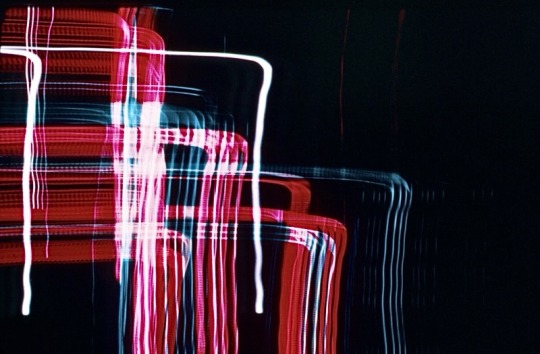
László Moholy-Nagy (Hungarian, 1895-1946)
Untitled, 1939
Fujicolor Crystal Archive print, 27.9 x 35.6cm
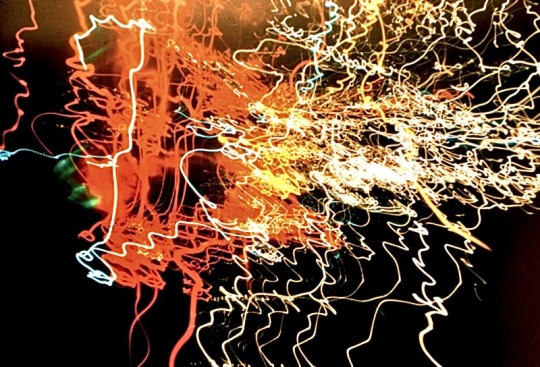
László Moholy-Nagy (Hungarian, 1895-1946)
Untitled, 1937-1946
Fujicolor Crystal Archive print, 27.9 x 35.6cm
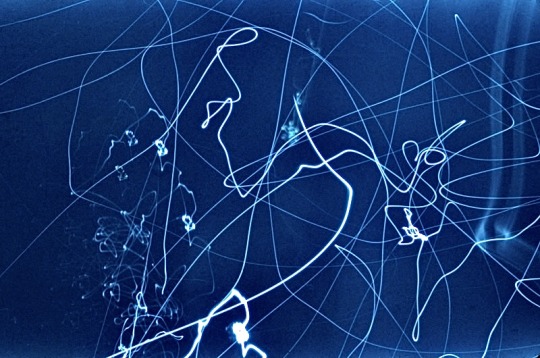
László Moholy-Nagy (Hungarian, 1895-1946)
Untitled, 1936-46
Fujicolor Crystal Archive print, 27.9 x 35.6 cm
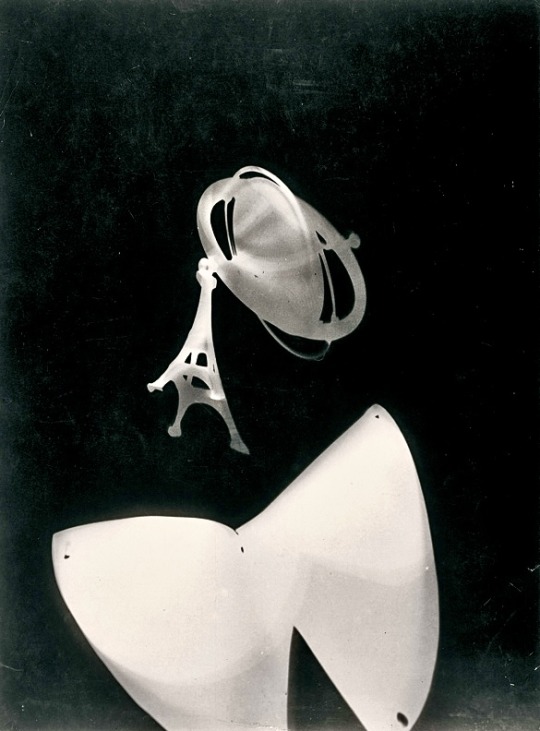
László Moholy-Nagy (Hungarian, 1895-1946)
Photogram with Eiffel Tower and Peg Top, 1928
Silver gelatin photograph, 38.7 x 29.9cm
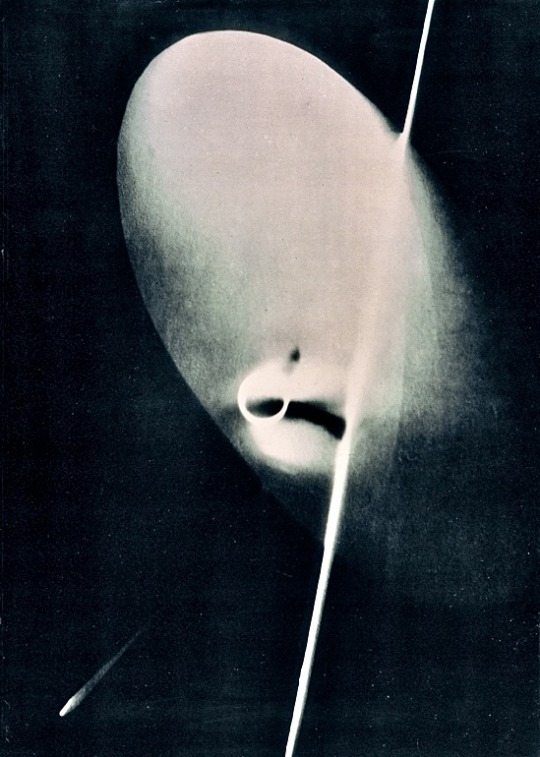
László Moholy-Nagy (Hungarian, 1895-1946)
Photogram No. II, 1929
Silver gelatin photograph, 95.5 x 68.5cm
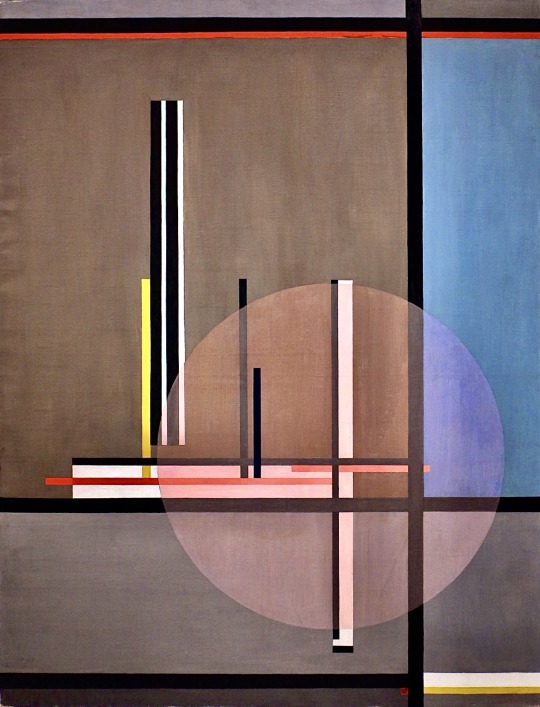
László Moholy-Nagy (Hungarian, 1895-1946)
LIS, 1922
Oil on canvas, 131 x 100cm
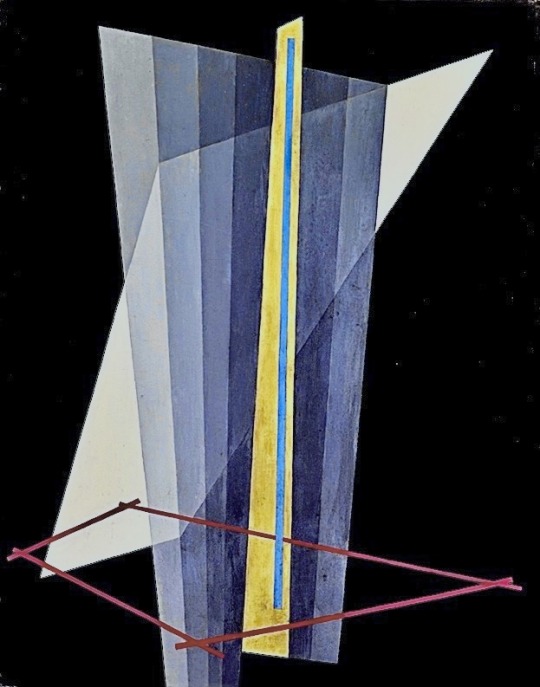
László Moholy-Nagy (Hungarian, 1895-1946)
K XVII, 1923
Oil on canvas, 95 x 75cm
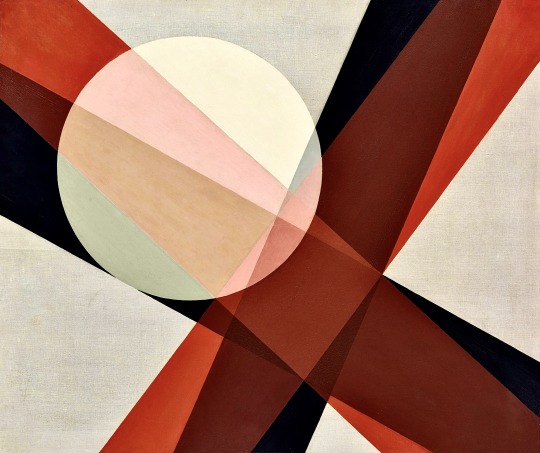
László Moholy-Nagy (Hungarian, 1895-1946)
A 19, 1927
Oil on canvas, 80 x 96cm
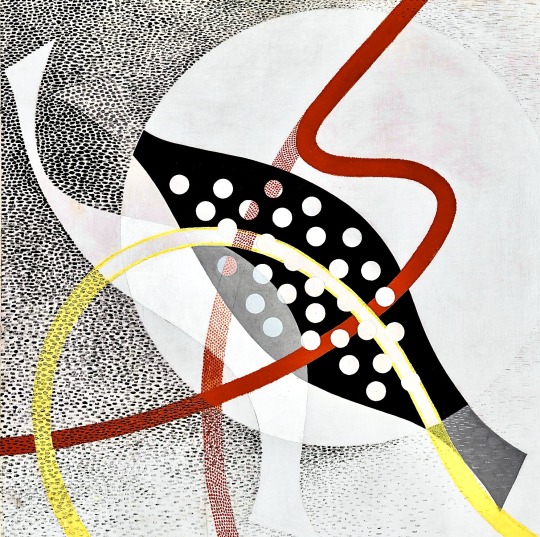
László Moholy-Nagy (Hungarian, 1895-1946)
CH BEATA I, 1939
Oil on canvas, 119 x 120cm
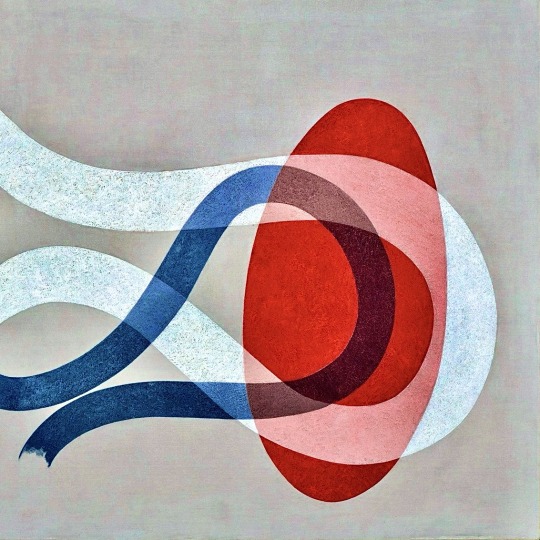
László Moholy-Nagy (Hungarian, 1895-1946)
CH SPACE 6, 1941
Oil on canvas, 119 x 119cm
László Moholy-Nagy Retrospective exhibition at Schirn Kunsthalle, Frankfurt
8th October 2009 - 7th February 2010
Artworks © Hattula Moholy-Nagy for the Estate of László Moholy-Nagy © VG Bild-Kunst, Bonn 2009 / Artists Rights Society (ARS), New York
ART BLART_ ART AND CULTURAL MEMORY ARCHIVE
Curated blog and article by Dr. Marcus Bunyan:
•
•
▪️YouTube silent video >> László Moholy-Nagy Ein Lichtspiel Schwarz Weiss Grau (Light Play: Black, White, Grey) [1930 / 6mins.+34secs.]:
youtube
Ein Lichtspiel Schwarz Weiss Grau (Light Play Black White Grey) is perhaps Lázló Moholy-Nagy's best-known film work. It features his Light-Space Modulator, also known as a lighting fixture for an electric stage.
Light-Space Modulator is a key work in the history of kinetic art and even new media art, and therefore one of the most important works of art of its time.
Initially conceived by Moholy-Nagy in the early 1920s and built between 1928 and 1930, its completion required the involvement of a number of collaborators.
It was intended to be the centrepiece of the Contemporary Room at the Provinzialmuseum in Hanover, planned (but never realised) by Moholy-Nagy and Alexander Corner, the museum's director.
Light-Space Modulator was exhibited in 1930 at an exhibition in Paris on the work of the German Werkbund. From the point of view of the object, it forms a complex and beautiful set of metal, plastic and glass elements, many of them movable by the action of an electric motor, surrounded by a series of coloured lights.
Moholy-Nagy used it to produce light shows that he then photographed or filmed, as in the case of the film shown here. Although in black and white, the film manages to capture the kinetic glow of the sculpture.
•
•
▪️YouTube video >> László Moholy-Nagy: Proto-Conceptual Artist [2019 / 5mins.+36secs.]:
youtube
Coinciding with the Bauhaus centenary, Hattula Moholy-Nagy and Daniel Hug, the daughter and grandson of László Moholy-Nagy, consider the lasting impact of the artist’s work today. Hauser & Wirth’s exhibition in London dedicated to Moholy-Nagy examines his influence as a proto-conceptualist, whose work interrogated the role of the art object and the artist in society, anticipating questions posed by subsequent generations of artists.
László Moholy-Nagy is on view at Hauser & Wirth London from 22 May – 7 September 2019.
•
•
▪️ YouTube video >> Moholy-Nagy: Future Present exhibition overview at the Guggenheim [2016 / 3mins+14secs.]:
youtube
Curator Karol P. B. Vail provides a brief introduction to Moholy-Nagy: Future Present, a comprehensive retrospective of the work of László Moholy-Nagy (1895–1946), on view at the Solomon R. Guggenheim Museum, New York, May 27–September 7, 2016. To learn more visit https://www.guggenheim.org/moholy.
•
#Art & artists#Artworks by Lázló Moholy-Nagy#Paintings#Drawings#Photography#Photograms#Sculpture#Light sculptures#Cinema#Films#Stage set design#Typographical projects#Kinetic art#Experimental art#New media art#Modernism#Abstraction#Conceptual art#Bauhaus - Germany#New Bauhaus - Chicago#Schirn Kunsthalle - Frankfurt#Guggenheim Museums#Hauser & Wirth - London#Hattula Moholy-Nagy#Estate of László Moholy-Nagy#VG Bild-Kunst Bonn#Artists Rights Society (ARS) New York#Dr. Marcus Bunyan#Art Blart#YouTube
19 notes
·
View notes
Text
ヘッセンへの旅より
1834年の初め、ギーセンの大学で医学を学んでいたゲオルク・ビュヒナーは、小学校長を務めながらヘッセン地方の反体制運動を率いていたフリードリヒ・ルートヴィヒ・ヴァディヒと知り合い、彼をつうじてヘッセン大公国に関する統計資料を手に入れる。それを基にビュヒナーが起草した政治的煽動の書が「ヘッセンの急使」である。秘密裡に印刷されたこの文書のなかで彼は、現在の体制の下で生きること自体が苦役であることを次のように訴える。 ──だが、見よ、大公国において、国家はいかなる状態にたちいたっているか! また、見よ、国家の秩序を維持するとは、いったい何を意味するのかを! 秩序の中で生きるために、七十万の人びとが六百万グルデンを支払っている。つまり、牛馬のごとくはたらかされている。まさに秩序の中で生きるということは、飢えることであり、皮を剝がされることなのだ。(石黒英男訳) 11月1日の夜にヴィーズバーデ…

View On WordPress
#Alban Berg#Brenda Rae#Carol Rama#Cornel Frey#Der Prinz von Homburg#Domen Križaj#Frank Wedekind#Georg Büchner#György Ligeti#Hans Werner Henze#Heinrich von Kleist#Hessischer Landbote#Ingrid Bachmann#Jens-Daniel Herzog#Le Grand Macabre#Leo Mcfall#Magdalene Hinterdobler#Nadja Loschky#Oper Frankfurt#Patricia Kopachinskaja#Pina Karabulut#Robin Adams#Schirn Kunsthalle#Seth Carico#Staatstheater Wiesbaden#Stefan Pucher#Takeshi Moriuchi#The Mystery of Macabre#Theodor W. Adorno#Thomas Guggeis
0 notes
Text
Tipp: SELMA SELMAN. FLOWERS OF LIFE - Schirn Kunsthalle
20. JUNI – 15. SEPTEMBER 2024 Selmans Kunst behandelt in unterschiedlichen Medien eindrucksvoll Erfahrungen mit Diskriminierung, Gewalt, Sexismus und dem Patriarchat. “Die SCHIRN widmet der Künstlerin Selma Selman (*1991) eine große Soloausstellung. Erst vor wenigen Jahren ist sie selbstbewusst und kraftvoll in die internationale Kunstwelt vorgedrungen und bezeichnet…
#Ausstellung#Flowers of Life#Frankfurt#Kunst#Manuela Mordhorst#Schirn Kunsthalle#Selma Selman#Videoinstallationen
0 notes
Text


At a time when the uber-rich exercise their influence shamelessly two early works by artist Hans Haacke prove their continuing relevance: number one is „Shapolsky et al. Manhattan Real Estate Holdings, A Real Time Social System, as of May 1, 1971“ and number two „Der Pralinenmeister“ from 1981. Especially the former of the two works established Haacke’s reputation as a major exponent of institutional critique and both got him into trouble with the institutions, i.e. the commissioning museums. Both the Guggenheim and the Museum Ludwig in Cologne, Germany, refused to exhibit Haacke’s work so as to not upset their benefactors as the artist uncovered their profits made on the backs of the poor and institutions respectively in expansive documentations.
These fortunately have found their way into the Haacke retrospective running through February 9 at Schirn Kunsthalle in Frankfurt/Main and, naturally, are accompanied by numerous other works that document Haacke’s keen interest in processes and their visualization: with the iconic „Large Condensation Cube“ (1963-67) Haacke, inspired by the ideas of Ludwig von Bertalanffy, visualized a living organism as an open system that continuously changes in interaction with its environment. Another critically acclaimed work that due to its ephemeral character is only present on photographs is „Germania“, Haacke’s engagement with the grim history of the German Biennale pavilion in Venice. For the first time an artist didn’t use the pavilion as a gallery but as a contested spaced of true enquiry.
Photographs of this intervention together with the many other works included in the exhibition are reproduced in the accompanying catalogue published by Hirmer Verlag that also provides plenty of context for Haacke’s often unwieldy works: six essays by among others Ingrid Pfeiffer, Ursula Ströbele and Hubertus Butin elucidate Haacke’s fascination with all kinds of systems, his relationship with Concept Art as well as his time-transcending political strategies. Accordingly there is still a lot to discover in and learn from Haacke’s multifaceted oeuvre and both exhibition and catalogue offer a great opportunity to do so!
#hans haacke#concept art#institutional critique#art book#hirmer verlag#art history#contemporary art#exhibition catalogue#book
12 notes
·
View notes
Text

Leonor Fini „Stryges Amaouri“, 1947
© VG BILDKUNST 2021/ Courtesy SCHIRN Kunsthalle, Frankfurt / Foto: KOBERSTEIN FILM
11 notes
·
View notes
Text
6 notes
·
View notes
Text

Hans Haacke: Zehn Schildkröten freigelassen, 1970 (Kunsthalle SCHIRN, Frankfurt/Main
Das Foto dokumentiert eine Aktion Haackes, bei der Schildkröten aus einer Zoohandlung freigelassen wurden, ausgeführt am 20. Juli 1970 in Saint-Paul-de-Vence, Frankreich, im Rahmen der Ausstellung L'art vivant aux Etats-Unis, Fondation Maeght.
1 note
·
View note
Text

Le parche rosse (Die rote Parzen, The red Pacae) Le parche rosse (Die rote Parzen, The red Pacae) by Carol Rama 1944 in Schirn Kunsthalle Frankfurt
0 notes
Link
1 note
·
View note
Text

Houssein Miloudi: Ohne Titel, 1967, Acryl auf Karton
Casablanca Art School, Schirn Kunsthalle, Frankfurt/Main
1 note
·
View note
Text
CASABLANCA_ART_SCHOOL
SCHIRN KUNSTHALLE FRANKFURT CASABLANCA ART SCHOOL EINE POSTKOLONIALE AVANTGARDE 1962–1987 Mohamed Melehi, Ohne Titel, 1983, Zellulosefarbe auf Holz, 150 x 200 cm, © Mohamed Melehi Estate / VG Bild-Kunst, Bonn 2023 Pressevorbesichtigung: Donnerstag, 11. Juli 2024 | 11 Uhr Sebastian Baden, Direktor der Schirn Kuratiert von Morad Montazami und Madeleine de Colnet für Zamân Books &…
0 notes
Text
0 notes
Text
Doron Langberg was a student of Peter Halley's and it makes sense, but I never would have guessed.
What a fun connection


Peter Halley


Peter Halley at the Schirn Kunsthalle Frankfurt



Doron Langberg
0 notes
Photo

Eines unserer Highlights diesen Monat ist der Besuch der Niki de Saint Phalle Ausstellung in der Schirn Kunsthalle Frankfurt.
Um dabei zu sein, müsst ihr euch nur bis Mittwoch Nacht anmelden und die 3€ für den Eintritt am Donnerstag mitbringen. Den Rest des Eintritts übernehmen wir! :)
Seid dabei und trefft uns am Donnerstag entweder um 18 Uhr im JuLe-Treff oder um 19 Uhr vor der Schirn Kunsthalle.
Anmeldungen an [email protected] oder über Instadirekt Nachrichten.
Wir freuen uns auf euch! xoxo euer JuLe-Treff
1 note
·
View note
Text
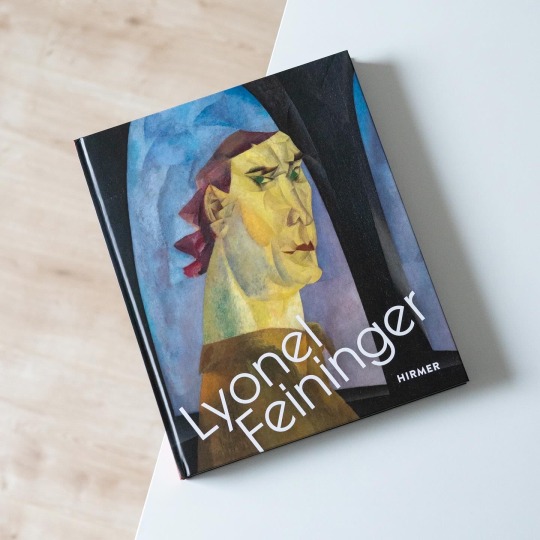

Up until February 18, 2024 the Schirn Kunsthalle in Frankfurt/Main shows the first Lyonel Feininger retrospective in over 25 years in Germany, a welcome occasion to (re)discover the Bauhaus master and the lesser-known facets of his extensive oeuvre. Unlike past retrospectives it goes well beyond the iconic works and also features caricatures, toys and recently rediscovered photographs.
Feininger, born in New York, in 1888 passed the entry exam of the Königliche Akademie der Künste in Berlin and although he never completed his studies soon launched his career as a caricaturist for German, French and American papers.
It took until 1907 for his first painting to emerge it proved highly impactful: in his early figurative paintings, inspired by paper cuts and shooting gallery figures, Feininger experimented with surfaces, space and movement until roughly 1911. In this very year Feininger discovered Cubism and Robert Delaunay in particular as well as the Italian Futurists who proved hugely influential as his 1913 painting „Gelmeroda III“ demonstrates.
At the same time the Gelmeroda series, which spans 42 years between 1913 and 1955, is proof of Feininger’s undomgmatic moving between styles as later works are e.g. carried out in expressionist and cubist idioms.
But Gelmeroda wasn’t the only recurring topic in Feininger’s oeuvre: since his childhood days he was fascinated with sailboats and ships and consequently depicted them in crystalline, cubist forms that today rank among his popular works. Closely related to this body of work are his beach scenes, remarkable cubist compositions that sensibly capture the loneliness of the empty beach as well as the unique color moods of the sea.
These as well as the other works in the exhibition are crisply reproduced in the exhibition catalogue, recently published by Hirmer Verlag. In seven essays experts address a range of topics including the genesis of the Bauhaus manifesto, the importance of music for Feininger’s art or his life as caricaturist. Both exhibition and catalogue offer a unique opportunity to get to know Lyonel Feininger in the entirety of his artistic existence, surely a once-in-a-lifetime experience.
#lyonel feininger#exhibition catalogue#retrospective#german expressionism#bauhaus#cubism#art book#art history#book
47 notes
·
View notes